Machu Picchu On Motorcycle
Overview
The most visited place in South America exceeding over 2 million tourists per year. Visit Machu Picchu and nearby Cocalmayo with its Thermal baths. Quillabamba is the nearest Jungle of Cusco with many activities to do. This trip HAS IT ALL to see the diversity of Cusco.

CUSCO

Machu Picchu, Quillabamba

Duration: 2+ Day Tour

Tour Frequency: Daily

Difficulty: Easy
Why Choose Us

Customer First

Equal Pricing

Fair Work Rights

Quality
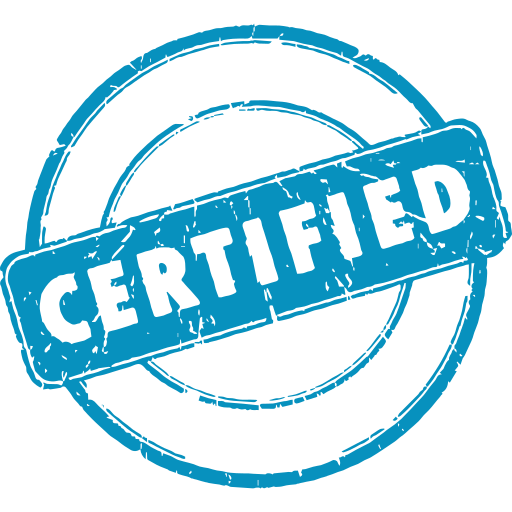
Certified Business

Donation

Pick up motorcycle at Cusco-Activities office

Arriving to Aguas Calientes

Visiting Machu Picchu

Visiting Cocalmayo, afternoon heading to Quillabamba

Free Day – Explore Quillabamba and visit waterfall Illapani

Coming back to Cusco
Visiting Machu Picchu on motorcycle is very enjoyable ride. The benefit over the train is that you will see and experience much more going over the beautiful andes mountains down to the jungle. There are very beautiful sceneries along the way so plan your trip for longer hours of riding as you will be doing a lot of stops.
Another benefit is that transporting yourself to Machu Picchu on motorcycle is much cheaper than by train. This trip can be done in 2 days but I recommend 3 days.
In the itinerary below the second day is optional on what you want to do. You can either explore the jungle of Cusco or go back to Cusco.
For more information please contact me.
I wish you all happy journey.
Ales Cervenka
Machu Picchu On Motorcycle

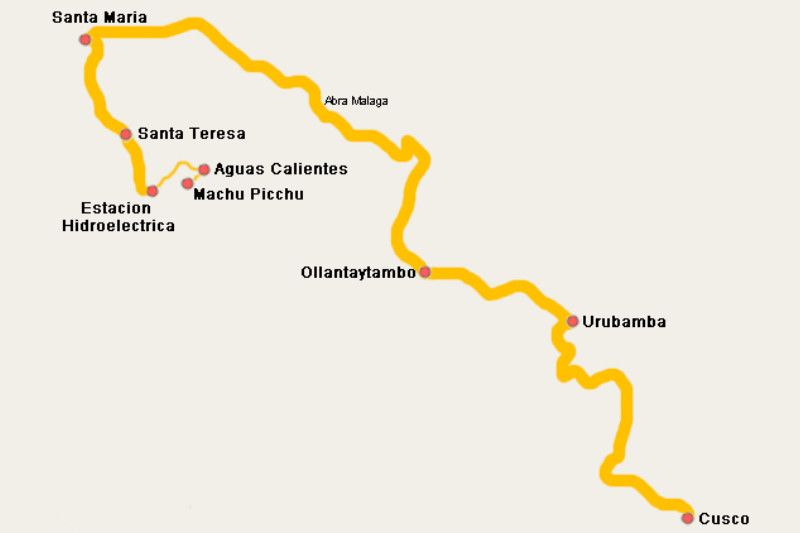
Day 1 - Cusco to Hydroelectrica
Leaving from Cusco to Hydroelectrica
- 7AM Pick up your motorcycle at Cusco-Activities office near Plaza des Armas
- 9AM Arriving to Ollantaytambo
- 10AM After leaving to Ollantaytambo you will climb the moutnain reaching Abra Malaga
- 11:30 AM Reaching Santa Theresa and heading towards Hydroelectrica
- 12 AM Reaching Hydroelectrica. Parking your bike at Senor Wilfredo and Eliseo
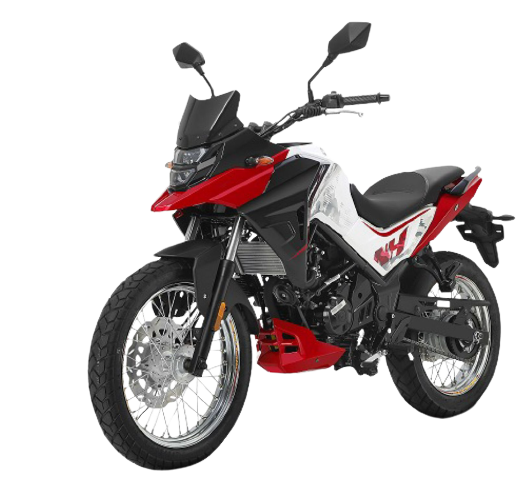
Day 1 - Trekking to Aquas Calientes
Trekking to Aquas Calientes
- Having stored your bikes with Senors Wilfredo and Eliso, start your trekking to Aquas Calientes. This trek is about 11km flat walkng along the trail. This is very popular choice of many tourists. Its free and the climate is very tropical.
- At 3pm arriving to Aquas Calientes.
- Find your hotel for the night and get ready for tomorrow morning to visit Machu Picchu
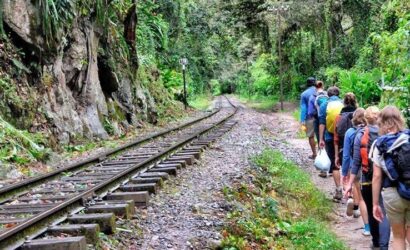
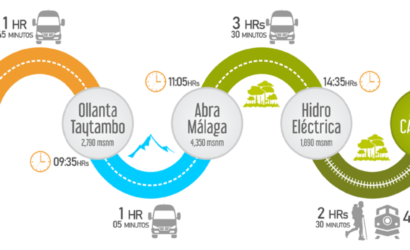
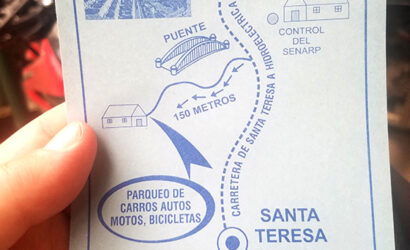

Day 2 - Machu Picchu, Cocalmayo
Visiting Machu Picchu
- After breakfast, take a bus to Machu Picchu. This bus service is available at Aquas Calientes and leaves every 10 minutes
- Your Machu Picchu tour will take about 2 hours
- Having visited Machu Picchu start heading back to Aquas Calientes and walk back to Hidroelectrica.
...Day 2 at noon...
Visiting Cocal Mayo
Pick up your motorcycle at Hidroelectrica at Senors Wilfredo and Eliso
Start heading back Santa Teresa where you find Aquas Termales del Cocalmayo. The entry fee is only 10 soles (3USD) per foreign adult. The thermal baths of Cocalmayo are considered the best in Cusco. Tourists who visit it can enjoy its warm waters from a natural spring. The site has 3 large pools with temperatures from 38ºC. (100.4ºF). up to 44ºC. (111.2ºF). These baths are located in the town of Santa Teresa, in the jungle region of Cuzco. Most visitors who pass through there do so as part of the alternative route to Machu Picchu.
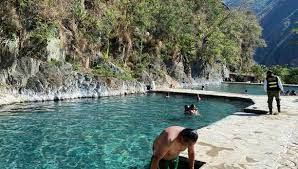
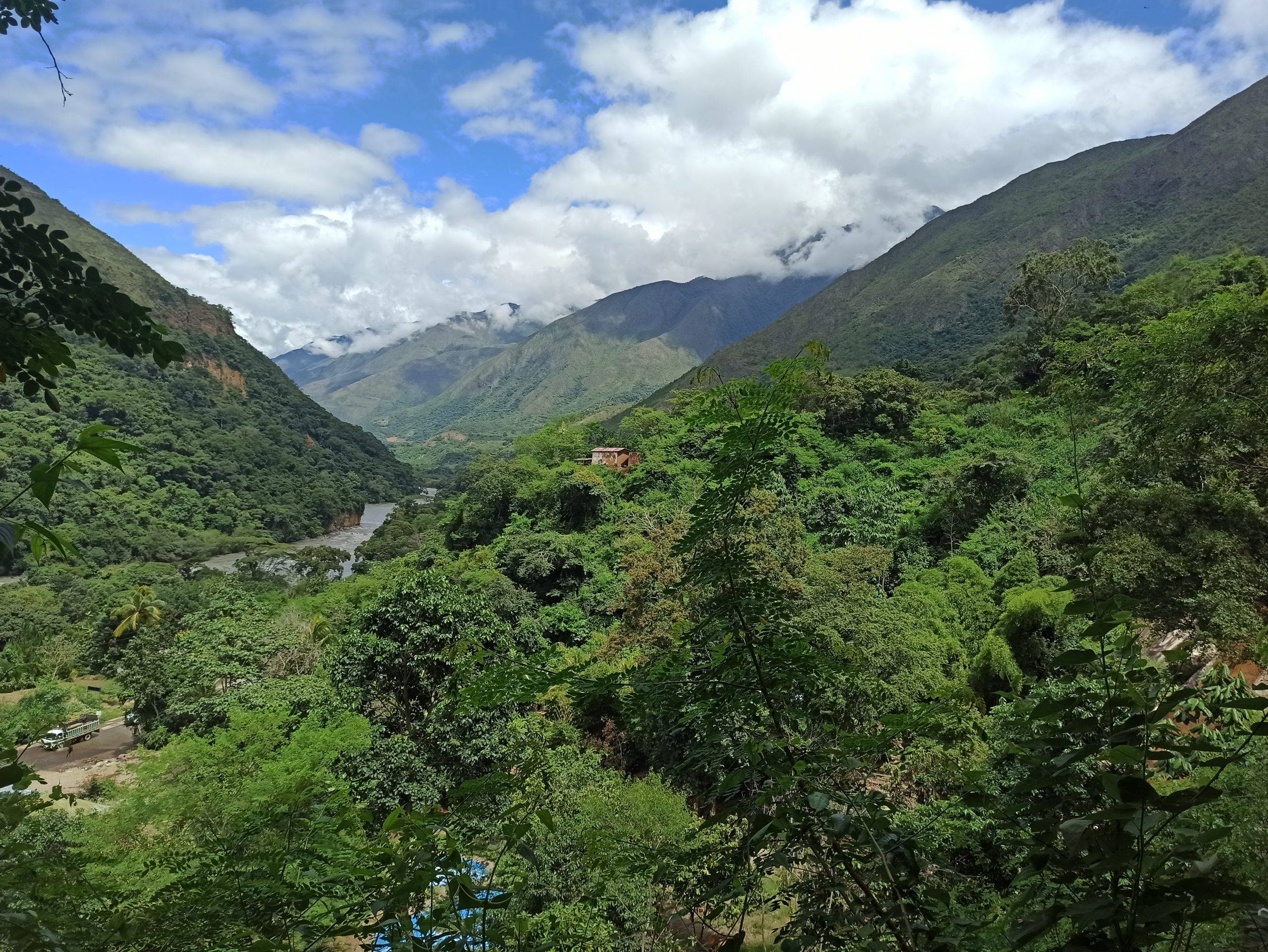
...Day 2 afternoon
Heading to Quillabamba
- Having spent some time at CocalMayo, you will be leaving to Quillabamba
- 2pm leaving Santa Teresa to Quillabamba
- 5pm arrival to Quillabamba. Find your hotel which includes free motorbike parking. Hotel price is around 10USD per night for a room with double bed.
Day 3 - Exploring Quillabamba (Jungle)
Visiting Waterfall Illapani at Quillabamba
- Now your Day 3 starts at Quillabamba. Have a breakfest and start exploring Quillabamba on Motorcycle.
- Here you can visit Madera Verde ( 20 mins ride, 3 Soles entry fee) , Siete Tinajas and make you way to waterfall Illapani. You can
- 12 AM head towards Illapani waterfall, distance is only 55km about 1 hour and 15 minutes.
- 13: 15 arrive to Illapani and leave motorbikes at the carpark near restaurant. For a small fee or buying a later lunch, motorbike will be under the watch.
- Walk to Illapani, its about 45 minutes walk uphill. The route is well posted
- 2:00 PM Illapani, free time to admire or swim
- 4 PM head back to your Moto and back to the same hotel at Qillabamba.
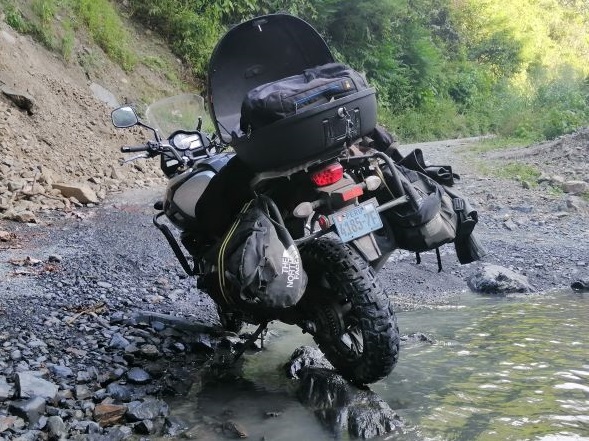
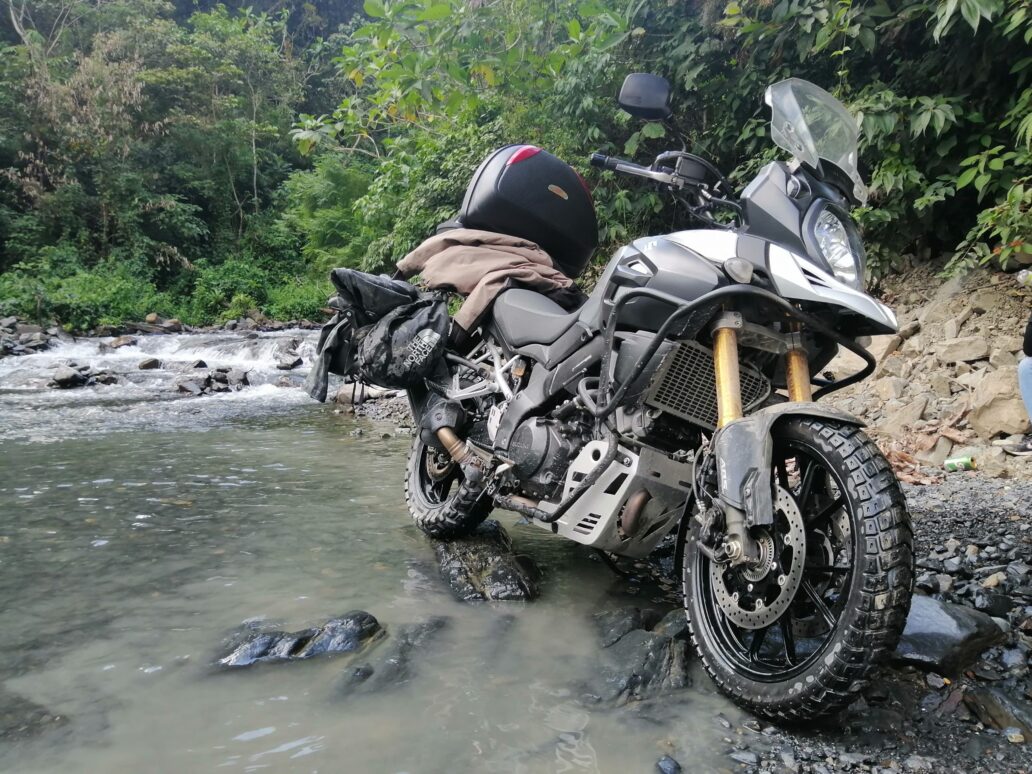

Day 4 - Heading back to Cusco
Heading back to Cusco
- 8:30 AM head back to Cusco through Quillabamba or Lares. Both ways take about 6-7 hours of driving. Illapani to Lares can be challenging as it is not very well posted and you can get lost easily. During the wet season it also can be dangerous as you will be crossing rivers. We suggest to drive back through Quillabamba and follow the same road as you arrived.
Road Map Info

Day 1 Cusco – Hidroelectrica -Aguas Calientes, Distance 210km covered with asphalt and gravel road
Day2 Hidroelectrica – Cocalmayo – Quillabamba, Distance 200km covered asphalt and gravel road
Day3 Free day at Quiilabamba – Exploring Quillabamba and waterfall Illapani.
Day4 Quillabamba Cusco, Distance 230 km covered with asphalt road
What is included?

Includes
- Motorcycle rental
- Helmets, Gloves, Moto Jacket
- Thermo bottle, Side bags, Tyre repair kit, First Aid kit, Repair kit
- USB Charger
- Phone Holder
- Soat Insurance
- Fuel Full2Full
- 24/7 Assistanc

Does not include
- Fuel has to be topped upon return of motorcycle
- Entry to Cocalmayo
- Meal and beverage
- Entry to waterfall Illapani (2 soles)
- Entry to Madera Verde (3soles)
- Entry to Siete Tinajas (5soles)
- Entry to Machu Picchu
- Bus Ticket Aguas Calientes to Machu Picchu
- Parking ticket at hidroelectrica

What to bring
- Original passport (and International Student Identity Card (ISIC) if applicable)
- Walking boots
- Warm jacket, hat
- Sun hat
- Sunglasses
- Sun protection cream (factor 35 recommended)
- Bottles of Water
- Insect repellent
- Toiletries
- Personal medications
- Camera and films
- Torch with spare batteries (headlamps are the best)
•Unlimited mileage – feel free to explore as much as you want with your motorcycle rental or car rental with no mileage charges or limits.
•Fully-Loaded, Adventure-Ready Bikes with high-quality luggage systems, crash bars, and accessories from the best manufacturers on the market. No strapping luggage on the back seat!
•Price Match Guarantee – that you won’t find a better deal on a motorcycle rental in Peru. We will beat or match any price for a motorcycle rental.
•No Hidden Fees or extra charges. We include saddlebags or luggage, a prepaid local cell phone, a tire repair kit with compressor, and many other extras at no extra charge.
•Protective Riding Gear You will have access to our ADV Gear Closet for a huge selection of riding gear to borrow (jackets, pants, boots, etc.) in a wide variety.
•Freedom from worry – motorcycles and 4x4s with quality gear and protection to prevent stupid costly scratches and damage charges.
•Free Tolls – All of our vehicles are equipped with electronic toll payment systems and we include your tolls for FREE! You won’t have to stop at toll booths and fumble for change.
•In-House Maintenance Staff – we purchase all of our vehicles new and have a fully-trained in-house mechanical staff that works hard to keep them that way with a proactive maintenance schedule focused on safety and reliability. You won’t find this anywhere else. Plus, we own all of our vehicles – we don’t borrow them from third parties and rent them to you. These are vehicles that we know the history of. That is important!
•24-Hour Support – a company with a large rental fleet plus three support trucks to replace your vehicle anywhere in the country should something go wrong and with in-house support staff to make sure you get any help you might need at any time of day.
•Safety – our motorcycles are reviewed, sanitized, and inspected by highly qualified mechanics after every rental by our in-house staff. We don’t outsource our maintenance.
Facts of Machu Picchu
The most visited place in South America exceeding over 2 million tourists per year. In the year 2007 in Lisbon, Machu Picchu has been stated as The New Seven Wonders of the modern World. Machu Picchu known as Lost City of Incas is a place of Wonder and Energy.
What facts do we know about Machu Picchu?
Machu Picchu is one of the New Seven Wonders of the World.
Amazingly, no wheels were used to transport heavy rocks for the construction of the city.
Structures at Machu Picchu were built with a technique called &ldquo ashlar.” Stones are cut to fit together without mortar. Remarkably, not even a piece of paper can fit in between two stones.
The citadel has two parts: Hanan and Urin according with the Inca tradition.
In the Quechua native language, “Machu Picchu” means “Old Peak” or “Old Mountain.”
Many of the stones that were used to build the city weighed more than 50 tons. How did these stones get up the mountain? Some were chiseled from the granite bedrock of the mountain ridge. For others, hundreds of men pushed the heavy rocks up the steep mountain side.
On the Inca Trail, many porters sleep with a shiny metal object or mirror beneath them. They believe it sends away spirits coming up through the earth and whisks them away. Ask any guide or porter, and most will tell you that sometimes they have experienced the feeling of being pulled out of their tents by spirits of the past.
The exact age of Machu Picchu, the most representative and ancient city of Peru, has been clarified by scientific studies on the geology and archaeology of the site.
Machu Picchu is South America’s most impressive archaeological ruin.
Many people ask: why is Machu Picchu so important? The Citadel of Machu Picchu is considered the main tourist attraction in Peru and one of the most visited worldwide.
Machu Picchu is also known as the Lost City of the Incas. It is a mysterious wonder. A city of stone built without the aid of wheels or iron tools. This is the best example of Inca engineering. More than 600 terraces prevent the city from sliding down the mountain. A water supply system extends over a length of about 1 km.
History Timeline of Machu Picchu
Archaeological evidence shows that people practiced agriculture in the Urubamba and adjacent valleys since 760 B.C.
Between 1300 and 1500 AD, the Cusco kingdom developed as a city-state, beginning with the government of Manco Capac. The Vilcabamba region can under Inca control in 1440 during a campaign conducted by Pachucutec, the 9th inca king. This was one of the first phases of territorial expansion for what would become the Tahuantinsuyo Empire.
According to scholars, Machu Picchu was a royal estate built for the Inca king Pachacutec around 1450. Others speculate the Inca city was a sacred center where the great political, religious and economic minds of the Inca Empire gathered. The population of Machu Picchu ranged between 300-1000 inhabitants and consisted mostly of members of Pachacutec’s lineage, religious elite, and highly specialized artisans recruited from across the empire, called yanaconas.
The valleys in these areas produced a big agricultural surplus. But after the death of Pachacutec, this place lost its importance. His successors built new constructions such as Ollaytantambo that made the route to Machu Picchu less used.
During the civil war between Atahualpa and Huascar, the rural population was annexed by Mitmas (laborers from other parts of the empire). When the war ended they left this place and returned to their homelands. In colonial times, Manco Inca was exiled in Vilcabamba and Machu Picchu was abandoned. Over the years, Machu Picchu was lost to official memory.
In the late 1800s, explorers like Antonio Raimondi crossed the grounds of the ruins without knowing where he was. Augusto Berns in 1867 formed a mining company to exploit the treasures of this place.
In 1911, Hiram Bingham was a history professor intent on finding the last place where the Incas of Vilcabamba were. Guided by a young boy from Mandorpampa, Bingham arrived at the ruins and thought this is the place where the Incas were established after losing their territory. It wasn’t until after his death in the 1950s that the real Vilcabamba was discovered further west of Machu Picchu citadel.
In 1983, Machu Picchu was declared a UNESCO World Heritage Site.
In 2012, one year after the 100th anniversary of Machu Picchu’s scientific discovery, all the artifacts excavated by Bingham team’s and shipped to Yale University’s Peabody Museum, were finally returned to Peru. These artifacts are currently on display at Casa Concha (Machu Picchu Museum) in Cusco.
Talk To Us
Do you have any questions?
Motorcycle tours managed by Ales, please say Hello and leave message to him.
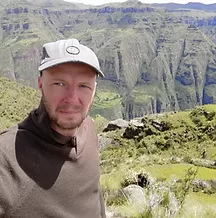
Contact Details
+51 968 731 451 English, Czech & German speaking

Contact Details
+51 994 645 284 English, Spanish & German speaking
I was reading some of your blog posts on this internet
site and I believe this website is real informative! Keep putting up.Expand blog